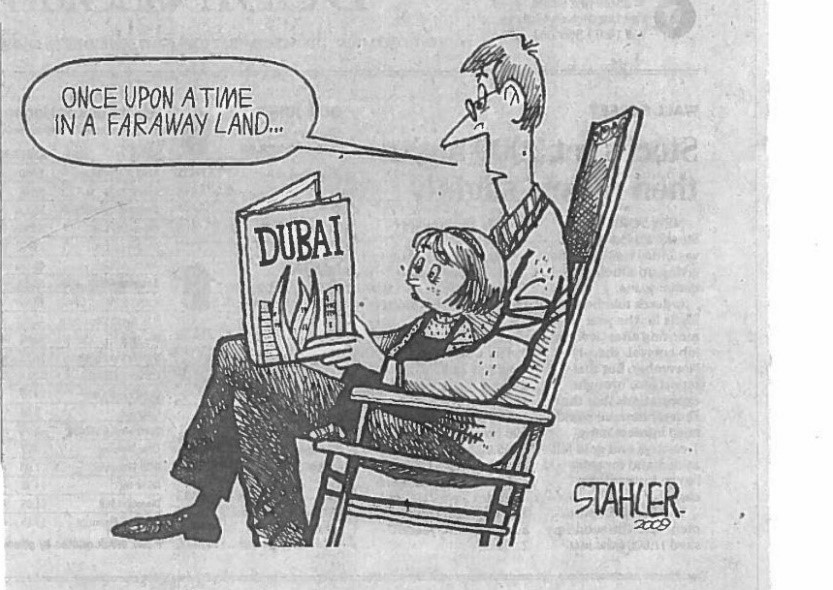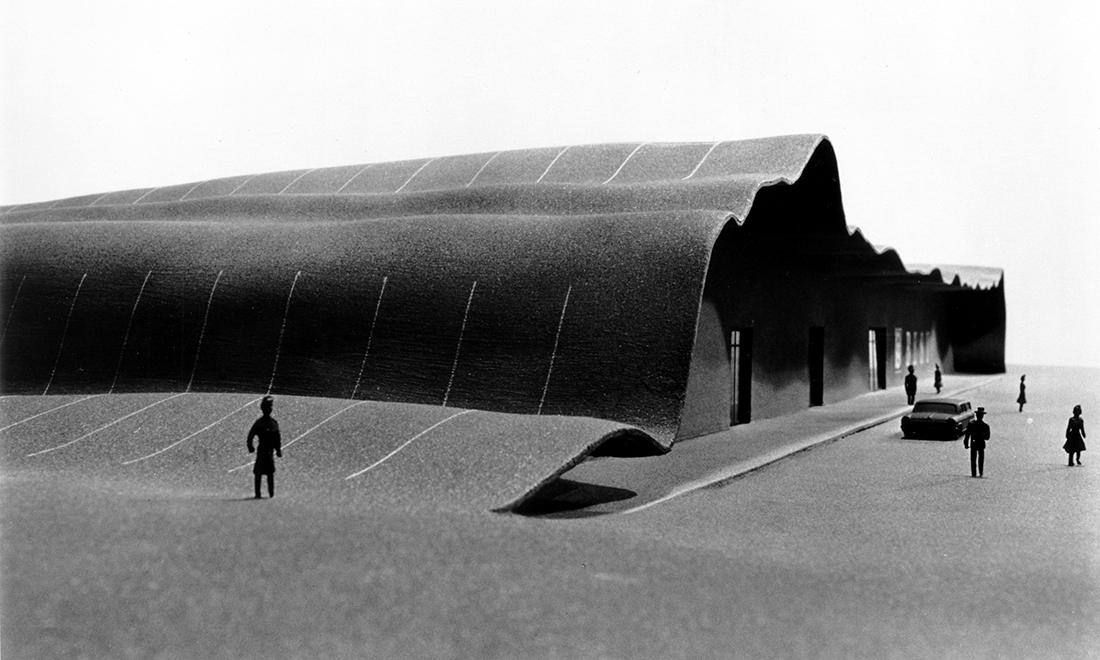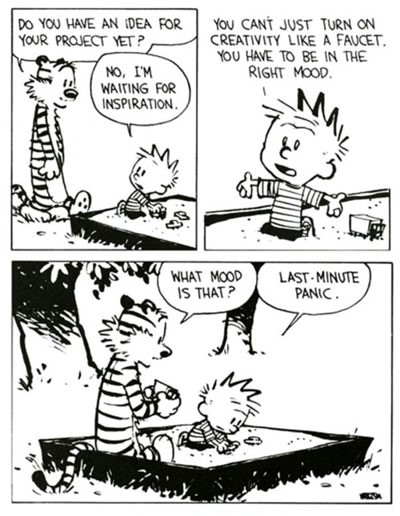
Truth be told, I’m the world’s leading expert on humor in Architecture. It is a club of one, of which I am president, scribe and secretary.
A few years ago, I gave a lecture at the Third International Conference on Humour in Washington DC, where President Reagan was later shot. The conference was largely attended by American and European academics in the field of cognitive psychology. They came with a lot of charts and graphs illustrating the “stimulus-response time” to various humorous situations, mostly jokes and puns. I showed up with a slide carousel of architectural humor.
I brought down the house.
One of the warm-up premises to my act was that it was our capacity for humor, not love, which put us on the highest rung of Darwin’s ladder. Humor was the handshake of high cognition in its playful sparring and jousting of quick-witted minds. That fraternal “well done!” Atta-boy, pat on the back to all the fellow bi-pedal hominids for being the smartest people in the room that day turned out to be ungrounded. A few years later, Koko, the sign language gorilla was outpunning her white lab coat keepers. When she was asked, “What can you think of that’s hard?” Koko signed, “rock” and “work.”
So much for the supremacy of walking upright.
Of course that day I had the standup comic’s staples of such classics as “the Architect in prison complained that the walls were not built to scale” (that always has them rolling in the aisles I’ll tell you,) but mostly the slide carousel turned through images of visual puns and architectural humor hits.
What I said that fall afternoon was that humor is a family tree with a lot of branches such as irony and sarcasm. But closer to the trunk lays the pun – both visual and verbal. In a pun lies the perception of a situation in two self-consistent but mutually incompatible associative contexts, or frames of reference. The event is not merely associated with one context, but bisociated into two.
That whole last paragraph had the cognitive psychologists scribbling in their notebooks back in DC.
What I didn’t share with the psychologists is that one of my favorite Bazooka bubble gum jokes is “When is it time to go to the dentist? Tooth-hurty.” Another is “The excitement at the circus is intense.”
These double meaning, phonic overlaps, get me every time. Bisociation, it turns out, is a scream.
In architecture, the Henny Youngman of visual puns was James Wines, founder of SITE (Sculpture In The Environment). SITE was best known for their funny, clever designs of stores for Best Products around Houston, USA- typically a town that takes itself very seriously. Both visual puns and social commentary, the BEST showrooms are among the best examples of architectural humor, no pun intended. My favorite is an unrealized project wherein the parking lot rolls over the suburban sales box as an overlap between asphalt lot and asphalt roof. In another, a doorless, windowless brick box is “opened” every morning by a corner sliding away at the insertion of the manager’s key.

Another, less subtle architectural joke were Claude-Nicolas Ledoux’s two projects for building “museums of vice” and “institutions of public love” published in 1804 under the title L’Architecture considérée sous le rapport de l’art, des mœurs et de la législation (Architecture considered in relation to art, morals, and legislation). I’ll let you look them up on the Google machine.
But of all the mechanisms of visual humor, what interests me most is what my cognitive psychologist friends call the “Play Signal.” The Play Signal, most evident in the abstract drawing style of cartoons, cues the audience to suspend reality – to entertain alternative possibilities. It is why Calvin and Hobbes is drawn without shadows and with abstract, unrealistic depictions of a boy and his stuffed pet tiger. It is also why “serious” serial cartoons like Steve Canyon were drawn more lifelike.

In our design for the College Football Hall of a Fame in Atlanta, I hoped that the electronic “Take the Field” tunnel at the front door, the abstract helmet/football shaped rotunda and the hyper-scaled kicking tee column holding it all up would be the Play Signal prep to set up the visitor for excursions into the alternative lives of the Hall of Famers.
By way of employing Play Signal abstraction to kick-start the visitor into alternative, inquisitive levels of perception, I’ve come to believe that Rem Koolhaus is a standup comic. Nothing else explains the jarringly ill-proportioned piles of Beijing’s CCTV or Seattle’s public library. Literary comedy first appeared in the plays of Aristophanes according to Hegel, when the Greeks, for whom beauty was truth and truth beauty, ceased to be intellectually satisfied with that ideal identity – they became bored with beauty.
Too bad Koko passed last summer. She might have learned to draw.
Humor is greatly underappreciated in Architecture. And Frank-ly, that’s just not Wright.



